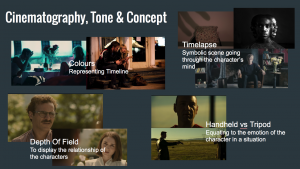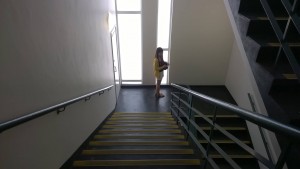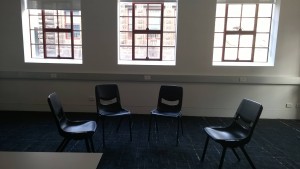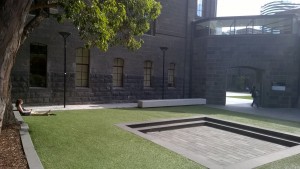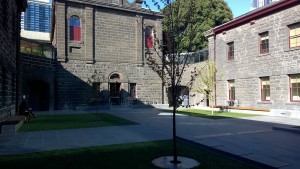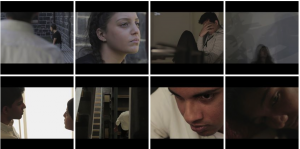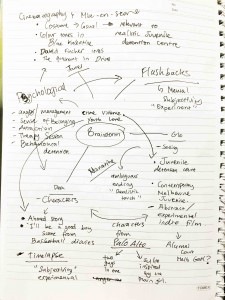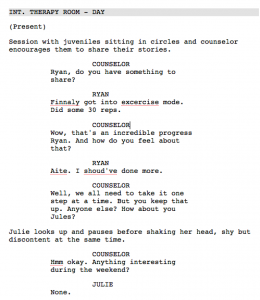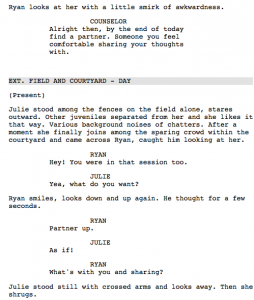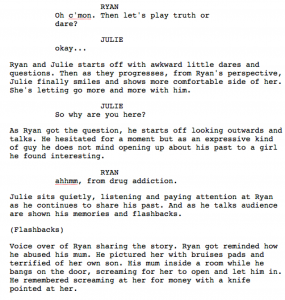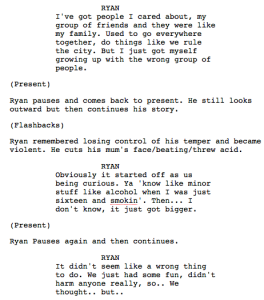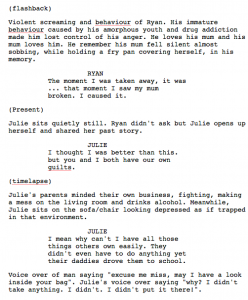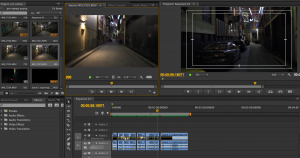PB 3
After a pitch presentation about my intentions and interest of study, I’ve came into further brainstorming thanks to the feedback from the panel. I’ve wanted to explore the emotions or reaction generated by different sub genres of horror and how they may have been a hybrid for a mixed emotion response. Inspired by pieces such as ballet performance film, Black Swan (2010) that also incorporates psychological thrilling elements and Into the Woods (2014), a dark fairytale musical, I was motivated to a boundary-blurring piece to sketch. Therefore in my pitch I thought I would experiment on a challenging and opposing genre such as a hybrid of horror-musical, a rare yet interesting genre collision. As Allan pointed out as a feedback that emotions associated with both genres are opposites, it got me thinking can horror be a musical? The panel also encourage me to think of examples in which however, it is difficult to think of a legitimate terror, suspense kind of horror that also include musical elements to it. Therefore, I’ve further retouched my idea of a sketch that instead, will focus of horror use of music/soundtrack and its affect on audience fear emotions. This sketch perhaps is a resemblance to a horror film with a lot of music within, as well as conveying sonic narrative, instead of experimenting a musical horror film.

